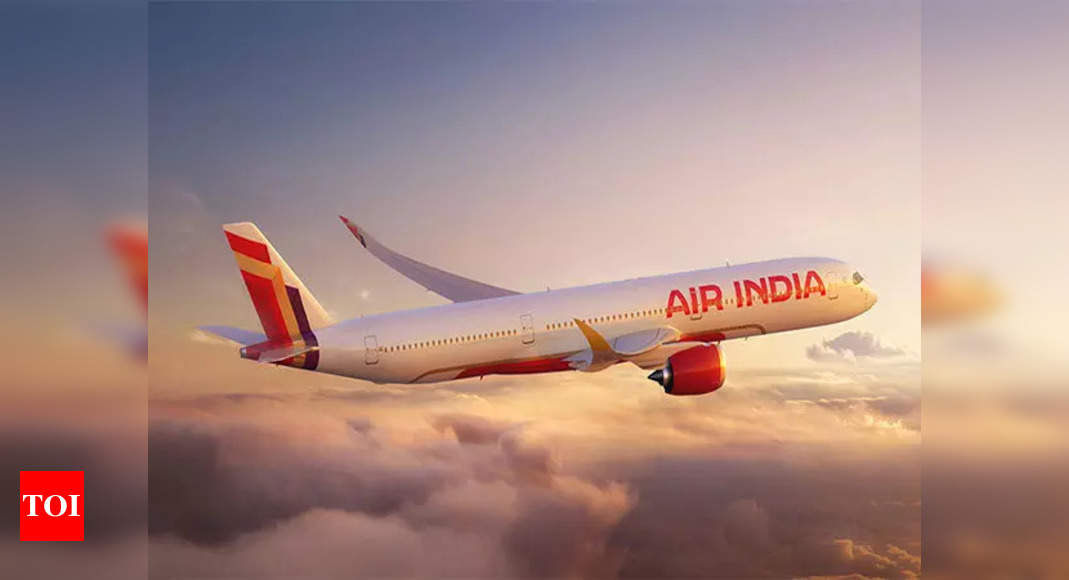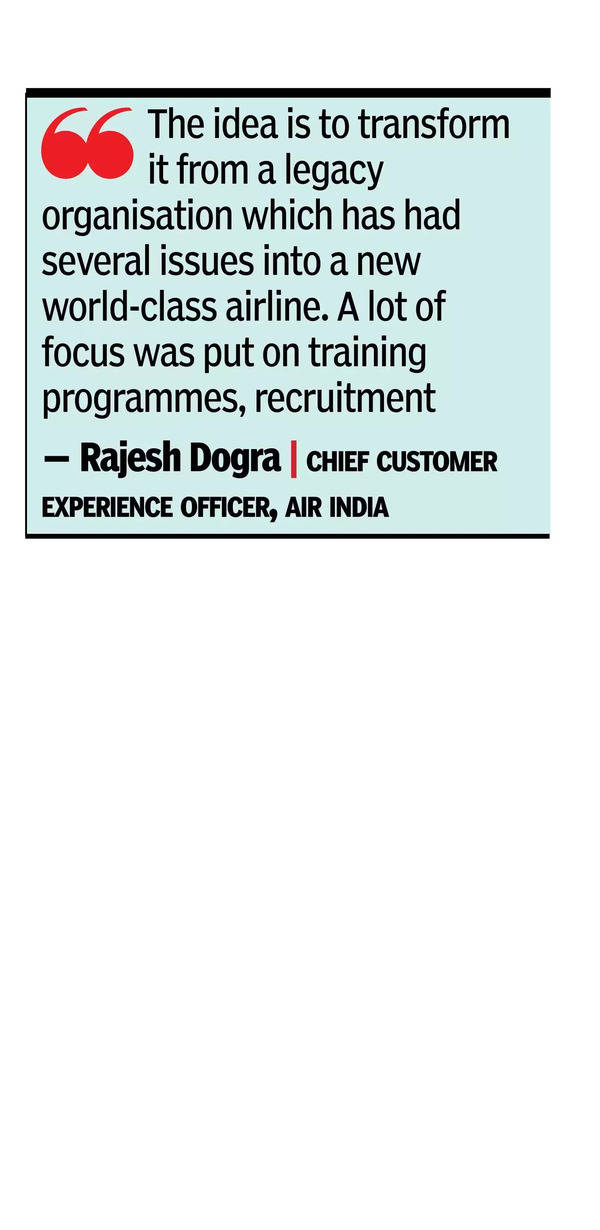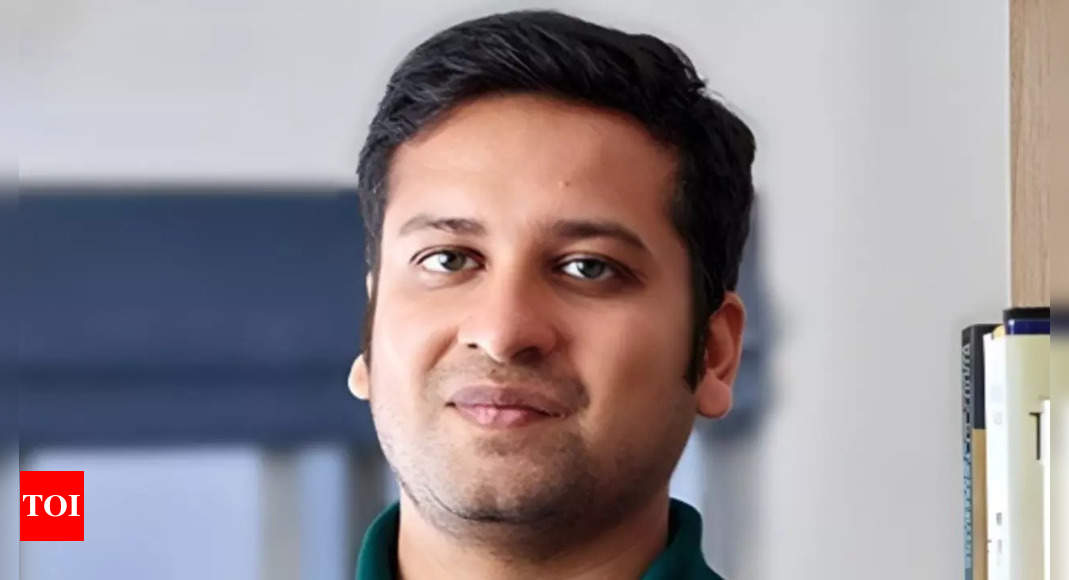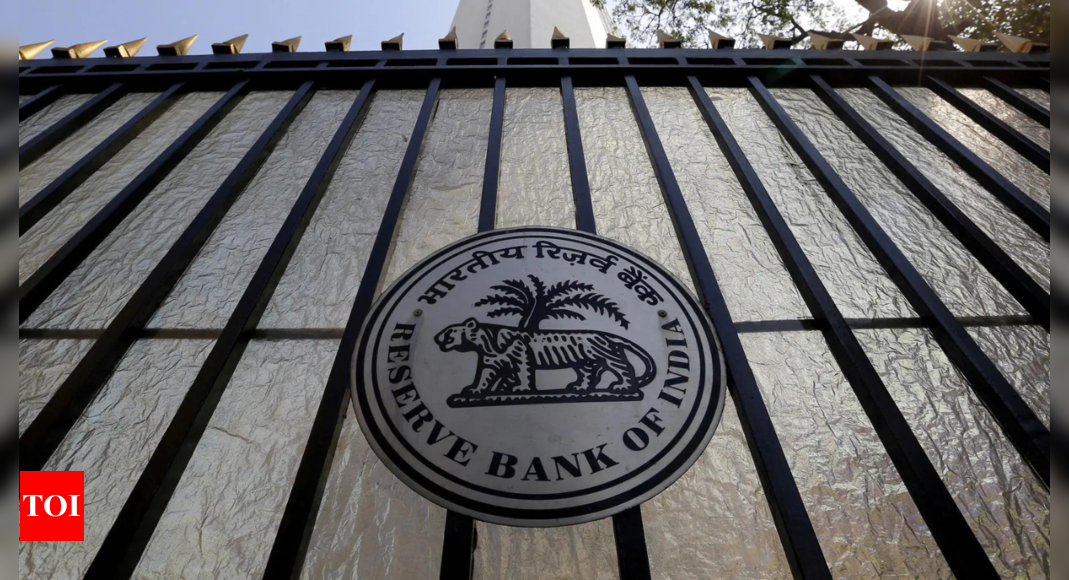
From spending billions of dollars on adding new aircraft to the fleet, revamping IT systems, overhauling internal processes and investing heavily to better the consumer experience, the group is trying to rebuild the brand’s image and shed the tag of a legacy airline riddled with issues – which it has earned over the years.
“To transform an organisation which needed large investments both in terms of the infrastructure, people, processes, in every possible area and to build it up and bring it to this level and to continue to work towards building it to a world class airline is a tough and interesting journey… but we are moving at a very good pace,” Rajesh Dogra, chief customer experience officer at Air India, told media at a briefing here.

According to Dogra, the first year following the airline’s acquisition by the Tata Group in 2022 was spent fixing the basics – or the “bare minimum” required – to make sure that Air India started looking like what was expected of it by customers and the industry alike. “The idea is to transform it from a legacy organisation which has had several issues into a new world class airline. A lot of focus was put on training programmes, recruitment,” he added.
The stakes are high for Air India, which is attempting to position itself as a “world class global airline” in a competitive $908 billion (industry revenue estimates as of 2023 by IATA) global aviation market. Hence, the urgency to overhaul the brand and the experience it offers is understandable. With the total number of travellers expected to reach a record high of 4.9 billion in 2024 globally, it is a big market opportunity if it can be tapped well. In the local market, rival Indigo is set to launch business class for fliers from mid-Nov on 12 domestic routes.
In its new A350-900 aircraft – which have already been deployed on routes including the Delhi-London long haul flights – Air India has been rolling out new bedding, chinaware, tableware and updated amenity kits for business and premium economy customers.
“By Feb-March 2025, we will have it all over the world,” Dogra said. All its refurbished legacy aircraft will offer the new in-flight experience over time too, he added. Of the 40 A350 aircraft ordered by Air India as part of its $70 billion aircraft purchase deal, six of them have been delivered while the rest are expected to be added to the fleet in phases starting from 2026, Dogra said.
Air India which had a backlog of thousands of unresolved customer grievances and refunds at the time of takeover, took steps to overhaul its voice and non-voice support systems. It insourced the entire non-voice function and set up five new contact centres which led to faster turnaround and improved customer experience. The company also revamped its website, mobile app, implemented AI-powered chatbot and WhatsApp notifications. “The wait time for contact centres used to be over 15 minutes and have now come down to under a minute. The rate of answering calls used to be around 80% which has now gone up to 98%. All metrics are seeing improvement,” Dogra said, adding that post the addition of A350, consumer perception about Air India is changing and business travel has picked up.
Better food and beverage menu has also helped the brand improve its NPS (net promoter score) on most of the routes, Dogra said.
(The writer was in London at the invitation of Air India)







